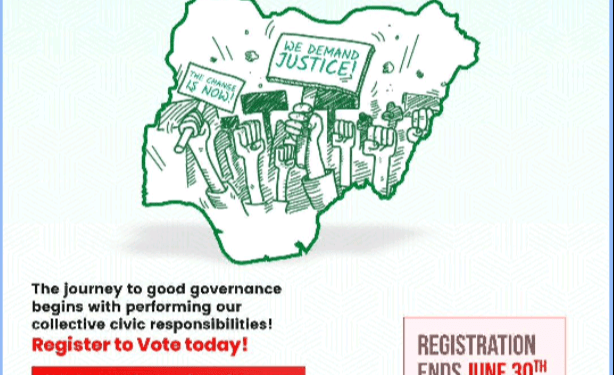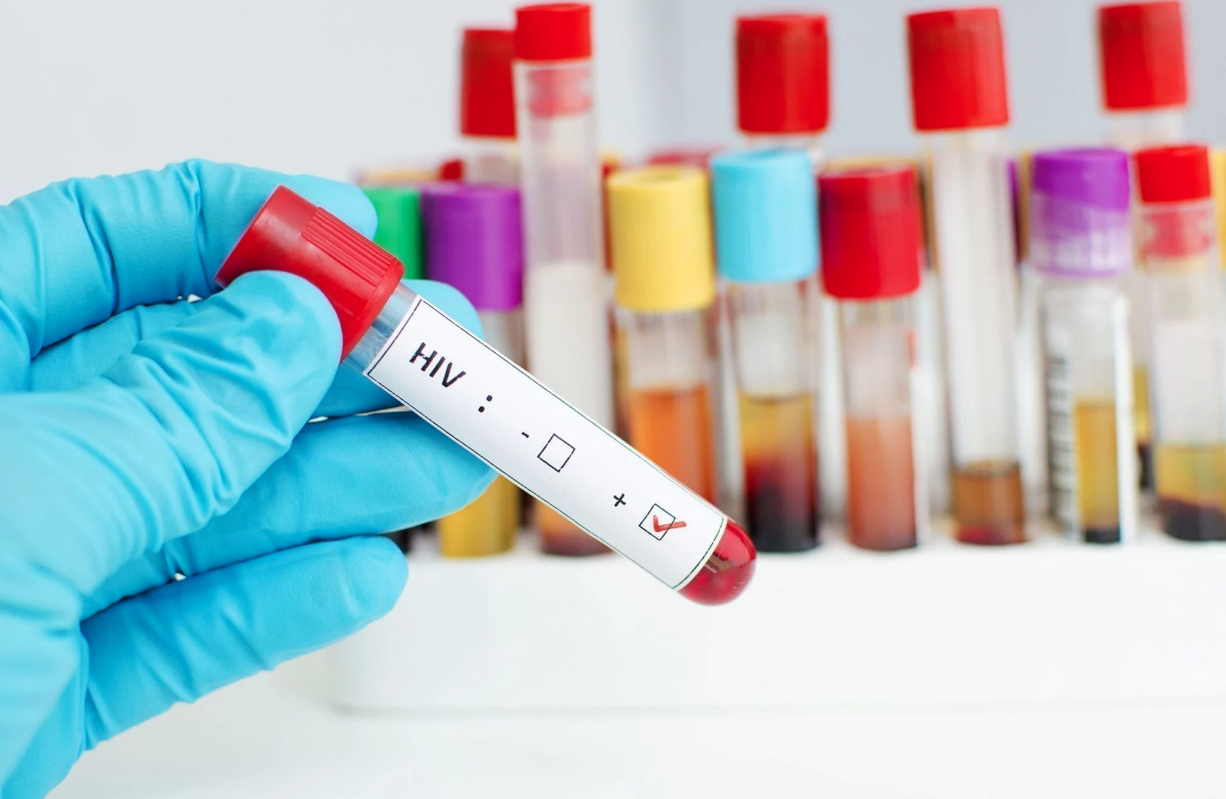Change does not roll in on the wheels of inevitability, but comes through continuous struggle says Martin Luther King (MLK), and this is evidenced in all major achievements almost always realized through continuous improvements and devotion to cinching with simple inching steps. It is wrapped around belief, some see the core driver as vision, others say it is faith or resolve. Some even say it is grit, while others just want to help make the world a better place (like the 10-year-old prodigy, Greg Smith).
Listening and observing in order to glean from the environment has continued to provide immense thought barrages around the possibilities of a truly new world experience. What really does a country so endowed (as Nigeria) and driven require to refocus her people towards meaning and full living?
So much on mind, independent, yet interconnected thoughts around offering humanity the best that we all really deserve. Giant corporations have been born, innovations by the second, even much more a re-invention of technology towards better overall human and systems effectiveness. I must say that the future is exciting and we are moving into a period in time where technology will offer us solutions to severalchallenges we are currently faced with. The primary driving factor in this change is the seamless interconnectivity that the internet so freely offers us. There will be so many new opportunities, as a lot of others become obsolete. The critical part of developing andexploring all these new tech pathways is to always remember that humanity and better living standards for all should remain at the core of every experience.
Although we are yet to decipher a way to offer ethics or consciousness to machines(implies that the responsibility for their outcome and usage lie entirely on us), we must push harder towards the future of our hallowed dreams as individuals, companies, and government. There are almost no middle grounds as it cannot be overemphasized that technology should be engaged to make our lives and societies better, while everyone benefits from the same. In this article, we will try to re-imagine some technologies of the future in line with the multidiscipline syncing that our connectedness allows. What will be possible when everything everywhere becomes one? And even much more when I can take what you have just created and add a bit of my cultural bias to further extend the same. We will explore some seven (7) phenomenal innovations and where they could be leading us.
Advertisement
1. When robots can read and respond to brain signals
Artificial intelligence will make a lot more possible through its machine-learning algorithm in the near future as data becomes the new oil to be refined for extraction through deep learning. A robot arm was connected over a brain-computer interface, that had researchers creating an opportunityfor tetraplegic patients (humans that aren’t able to move their upper or lower body) toengage with the world. The communicationtechnology has been moved forward further by welcoming the estimation and better understanding of brain signals solely without any other physical input from the patient.
The test featured the robot arm engaging in simple tasks such as moving around an obstacle. The signals from the brain are then interpreted making use of an electroencephalogram (EEG) cap (that leverages on brain cells’ communication via electrical impulses) and also to determine when the arm had made a move, which the brain considered incorrect (like moving too close to the obstacle or going too fast).Adjustments are then made to adjust to the brain signals and the individual’s preferences. This simple breakthrough could help tetraplegic patients move wheelchairsand even other Internet of Things connected devices within our smart homes.
Advertisement
Extrapolated further, such discoveries will lead to humans making physical impressions on mother earth simply by thinking. Imagine what that can make possible when 3D printers can read such signals and respond accordingly or even when ATM machines can request a password and get the same input from the signals generated by the brain. Imagine when humans can live on earth as their thoughts produce signals that leave an impression on other colonized planets in time through satellite internet connectivity.
2. When humans can have floating farms
Imagine what can become possible when asingle smart floating farm measuring 350 x 200m could produce some estimated 8.1 tonnes of vegetables alongside 1.7 tonnes of fish a year. What could that do to the United Nations’ prediction that there will be two billion more people in the world by 2050?And how could this major breakthrough create supplies for the over 50 percent more food demanded?
How does this really work? A design by architect Javier Ponce of Forward Thinking Architecture reveals a 24m-tall, three-tiered structure with solar panels at the top to provide energy. The middle tier nurtures a variety of vegetables over an area of 51,000square-meter, making use of carefully selected nutrients in liquid instead of soil. In same arrangement, the nutrients and plant matter drop into the bottom layer to providefood for the fishes, which are nurtured in an enclosed space.
Advertisement
I imagine what this aforethought could make possible for our effective space utilization as well as improved production possibility per square area of land. Put in a layman’s language, an acre of land is used to build farm-sky-scrapers (that leverage massively on the airspace above the purchased land) rather than farm-bungalows.
3. When car batteries can get a fullcharge in 10 minutes
Electric vehicles have come to stay and fuel stations as we know it will give way to charging stations, just like flash drives have pushed diskettes to extinction, and alternative sources of power will lead to the future of portable and shareable electricity.Fast-charging of electric vehicles will be key to their better adoption and spread, so motorists can stop at a service station and fully charge their car in the same time it takes to get a coffee and use the toilet.
Imagine how this simple connecting dot extrapolates in use when custom solar panels replace neatly the top of all cars to enable charging on the go, as thermostats regulate the smooth handshake with batteries. So much for this and its ripple effects in the mobile telecommunications space, when smart devices’ batteries can be boosted to full charge in 10 minutes, especially when the same has become second nature and our primary work environment (with cloud computing at its operational peak).
Advertisement
4. When home-building bricks store energy
Persistent curiosity has led scientists to have found a way to store future useable energy in the red bricks that are used to build houses.
Advertisement
A group of researchers led by Washington University in St Louis, in Missouri, United States, have discovered a method that can turn the cheap and widely available building material into “smart bricks” that can store energy like a battery.
The scientists claim that walls made of these bricks “could store a substantial amount of energy” and can “be recharged hundreds of thousands of times within an hour”. The big vantage point in this conversation is the immediate availability of their discovery in the public domain where further stretches can be done.
Advertisement
5. When robots are living beings
Very small hybrid robots developed using stem cells from frog embryos may one day be used to travel around human bodies particularly specific areas that requiremedical attention, or to gather some micro–plastic in the oceans. These novel living machines are millimeter-wide bots, known as xenobots. They are neither traditional robots nor any identifiable species of animal. It is a completely new class of artifact: a full category of living, and programmable organisms.
Advertisement
The foregoing will make so much become possible as such hybrids offer the opportunity to explore more in the interfacing of humans (living organism) and machines (ab initio – non-living organism, but programmable). As both fuses into one hybrid and each category’s best quality and strength are tapped, more options could become readily possible in the coming future when xenobots can multiply, yet programmable.
6. When 3D printers can print bones
The 3D printing space is an industry that promises everything from affordable or cheap house development to cost-effective protection armory. However, one of the most fascinating uses of the technology is in the creation of 3D–printed bones. The achievements of companies like Ossiform, which specializes in medical-related 3D printing, create patient-specific parts replacement of different bones from tricalcium phosphate base material (one that has very similar properties when compared with human bones). The utilization of 3D–printed bones is surprisingly phenomenal. Hospitals can perform an MRI scan that isthen sent to Ossiform to create a 3D model of such patient-specific implant requirement per patient per time. The surgeon evaluates the design and then as soon as it is printed, can be used in surgery as a near-exact replacement. This will definitely be a rallying point for biotech expansion in the coming future, especially when human and animal parts can be simply 3D printed from synthesized base materials.
7. When airports become available for drones and flying taxis
It is no news that our congested cities are in desperate want of some relief that may come through further exploration of the air space as opposed to our already congested roads. There are startups with great plans for a very unique kind of transport hub (one that handles delivery drones and electric air-bound-taxis are becoming our presentreality). The first in that category of Urban Airport, which got some funding from the UK government is being built in Coventry.
Moreover, the hub will host a pilot scheme and hopefully a proof of concept for the company driving the same. It will be powered completely off-grid by a hydrogen generator with the idea to remove the need for so many delivery vans and personal cars on our roads. Offering a replacement with a clean alternative in the form of a new type of small aircraft (drone), with designs being developed by Hyundai and Airbus, amongst others.
The massive investment in infrastructure will be very critical to success as organizations such as the Civil Aviation Authority are looking closely into the establishment of air corridors that could link a city center with a local airport or products distribution center.
I imagine how programmable, and driverless drones can become ubiquitous in the near future, offering seven (7) sigma operations while learning from flights and using big data to continuously self-improve with deep learning infusion. The big advantage of technologies is the fact that they can interact with one another, while creating completely new paradigms for human interests and exploration.
In conclusion, self-actualization (which is relative to individual preferences) and lies at the pinnacle of Maslow’s hierarchy of human needs continue to fuel a lot of these above-discussed tech stretches and innovations. If carefully observed, a pursuit of the same could automatically drive the fulfillment of all other needs below in the triangle. What could be a possibly better way to lead one’s life than to use the same to help further the course of humankind? And this article will not be complete until I posit MLK’s phenomenal assertion that, Life’s most persistent and urgent question is, ‘What are you doing for others?’ This question steers us in the face and lies at the root of having truly lived meaningfully.
Feel very free to reach me as I am open to deliberate conversations on startup thinking geared towards global dominance and a more productive economy. We can connect and chat as you start it off through: [email protected]
Email: [email protected]






